
We’ve previously driven Kamm Manufaktur’s Porsche 912 restomod in prototype form but this is a production model. One I don’t think it expected to be making just yet, but such is the way with niche restomodders that if you have a request, they’ll try to oblige.
This, then, is a 912C, a full-carbon panelled version of the 912 that can weigh as little as 699kg, depending on specification, because a customer wanted one with as much carbon fibre as possible. Yours for £340,000 (you can have less carbon for less £).
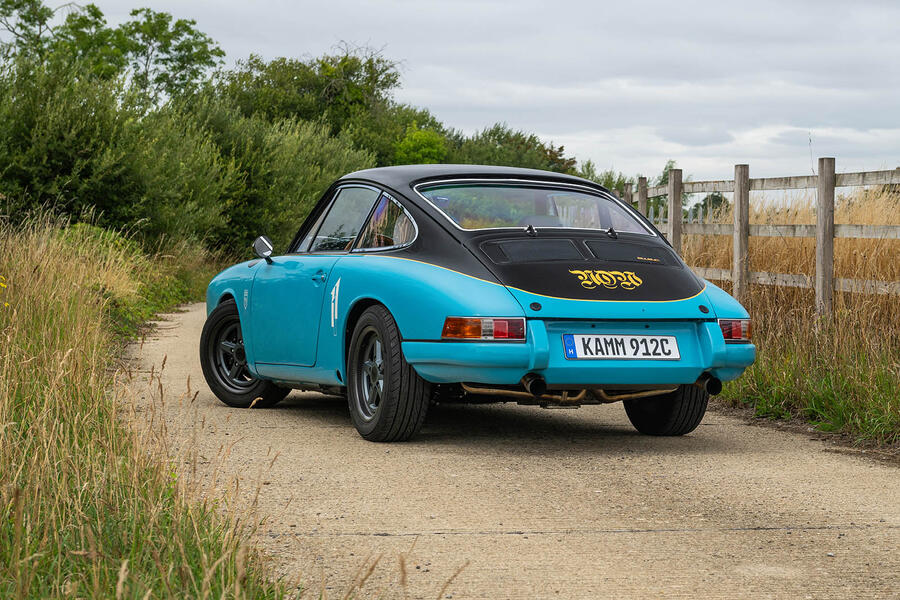
To recap, Kamm is a Hungarian company whose founder loves 912s, four-cylinder coupes that sat alongside early 911s in the Porsche range in the 1960s. Something of an underdog today. But lighter than its six-cylinder contemporary, so that’s what it restores and updates, in short-wheelbase form. Founder Miki Kazmer is something of a purist – his first protype was quite stiff and only 1.7 turns lock-to-lock. When we drove that prototype Kamm had three employees in Budapest; now it has 14 and does its own electrics, paint and carbon fibre, and has specced its own engine.
This new customer car is a good showcase as it features pretty much the works. The steel shell is restored but all outer panels, including roof and wings, are carbon fibre, and the engine is Kamm’s latest iteration of its air-cooled 2.0-litre four-pot, making 182bhp at 6800rpm and 180lb ft at 4300rpm. Kamm’s preference is to start with a shell that’s straight if rusty rather than accident bent. But these are all 1965-1968 cars so to an extent they take what they’re given.
The customer here has gone to town a bit on the exterior finish, but also the interior plushness, with leather seats and a heater and a stereo, so Kamm says it tips the scales at 770kg. Shorn of that, I and I think that would be ideal Kazmer-spec, it’d start with a six.

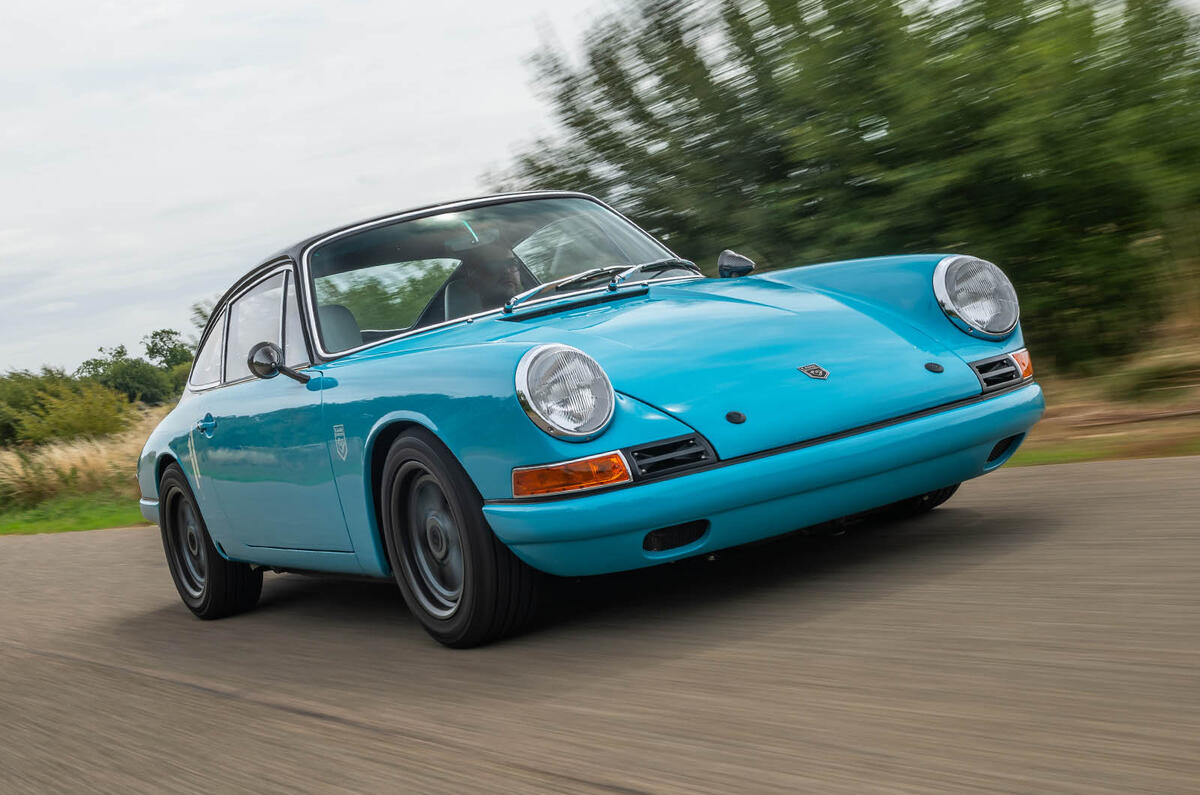

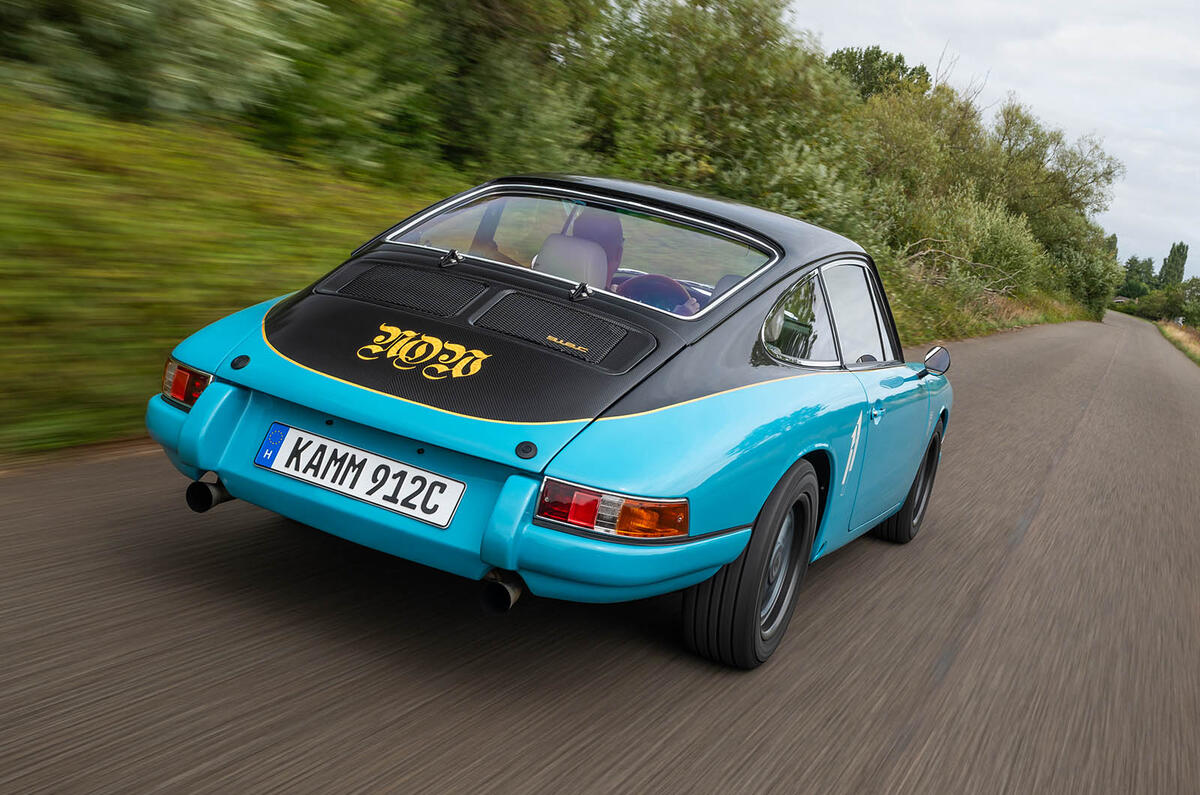
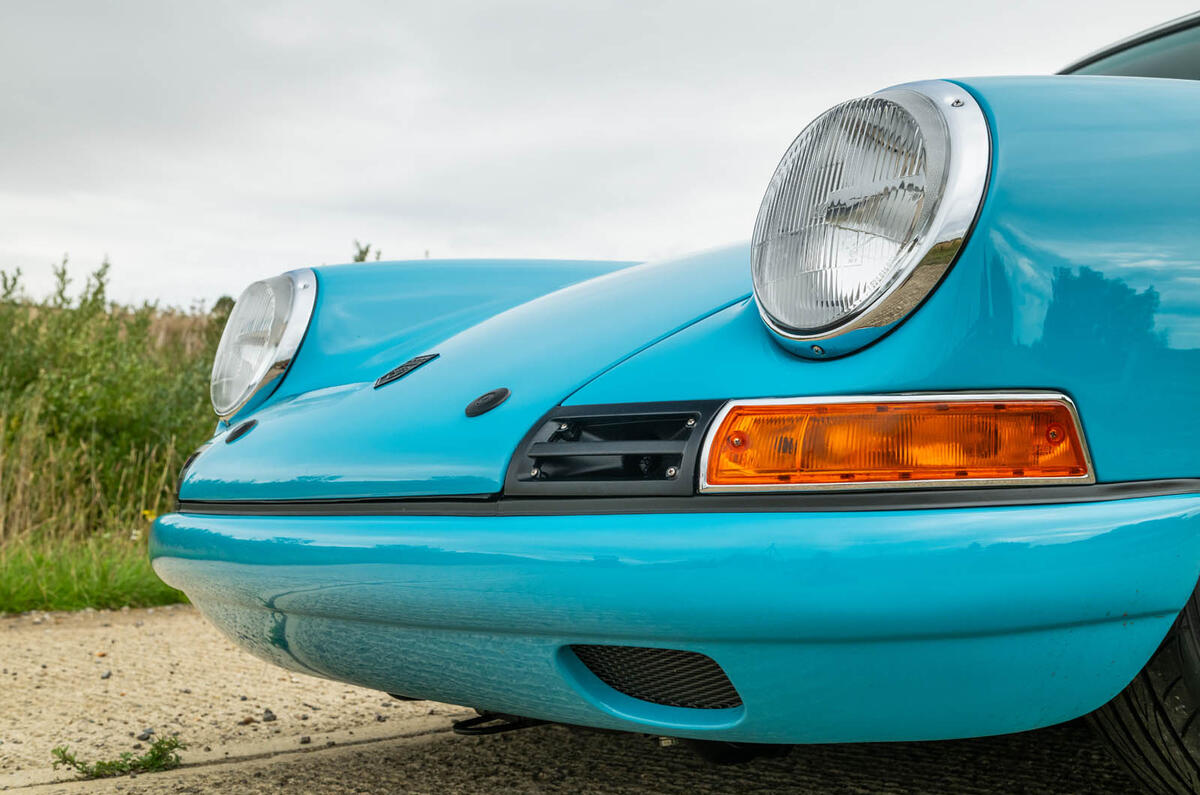
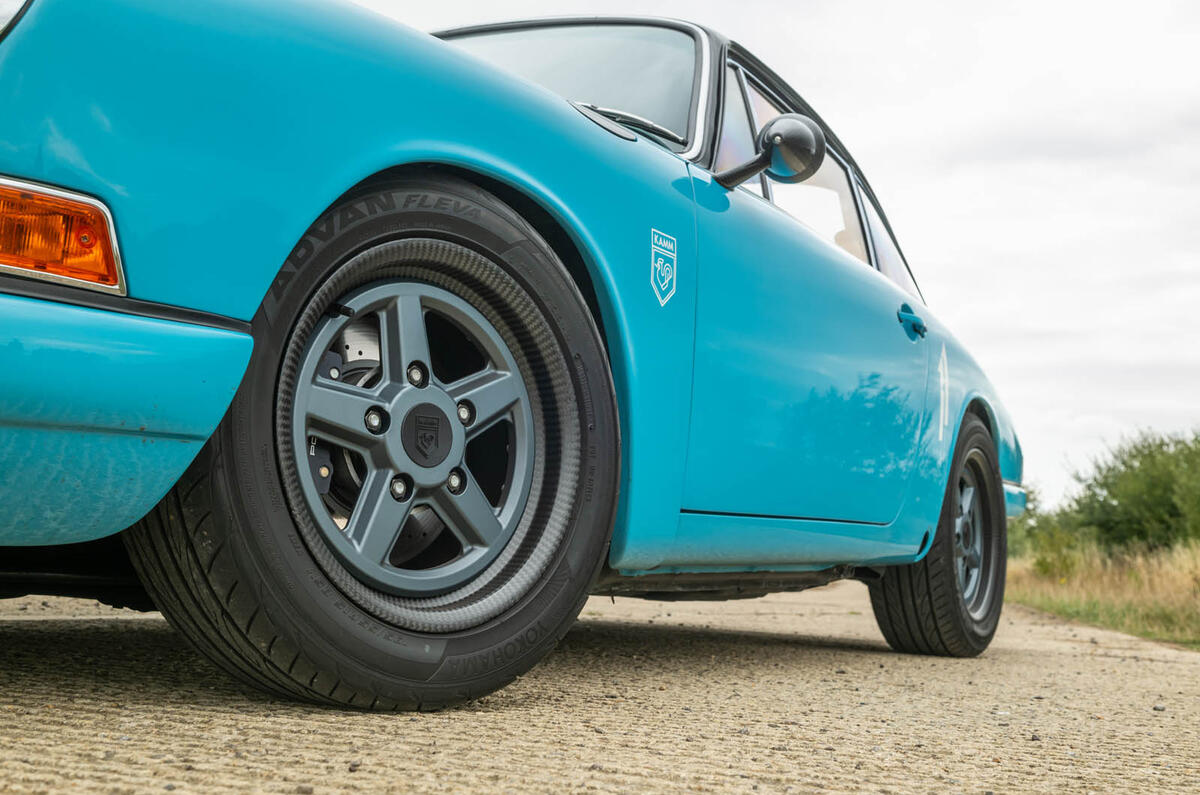
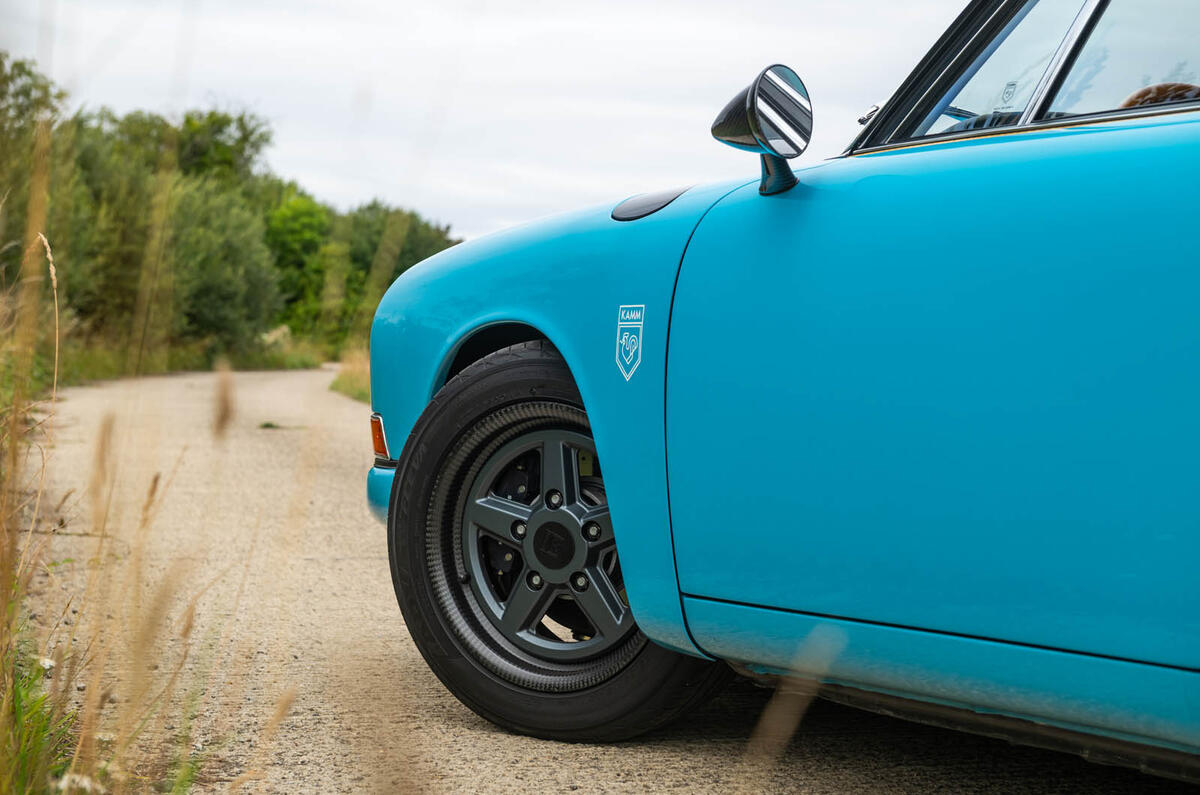
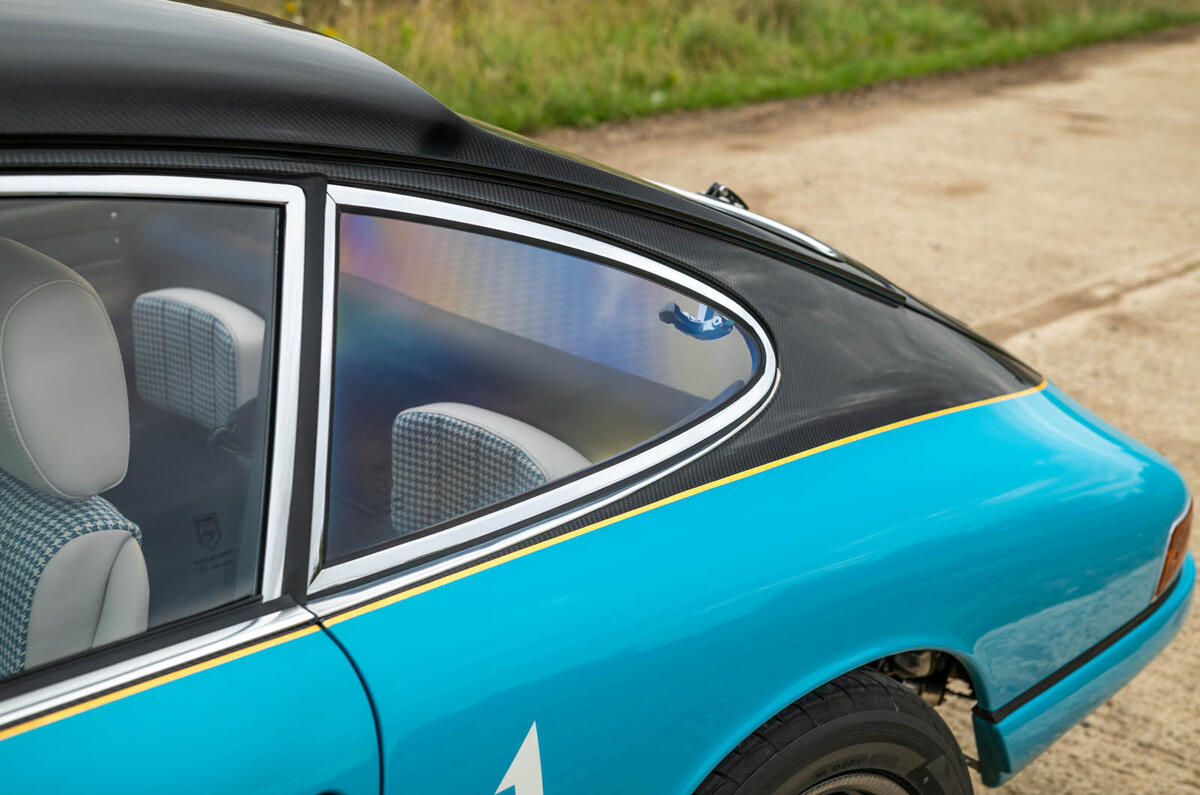
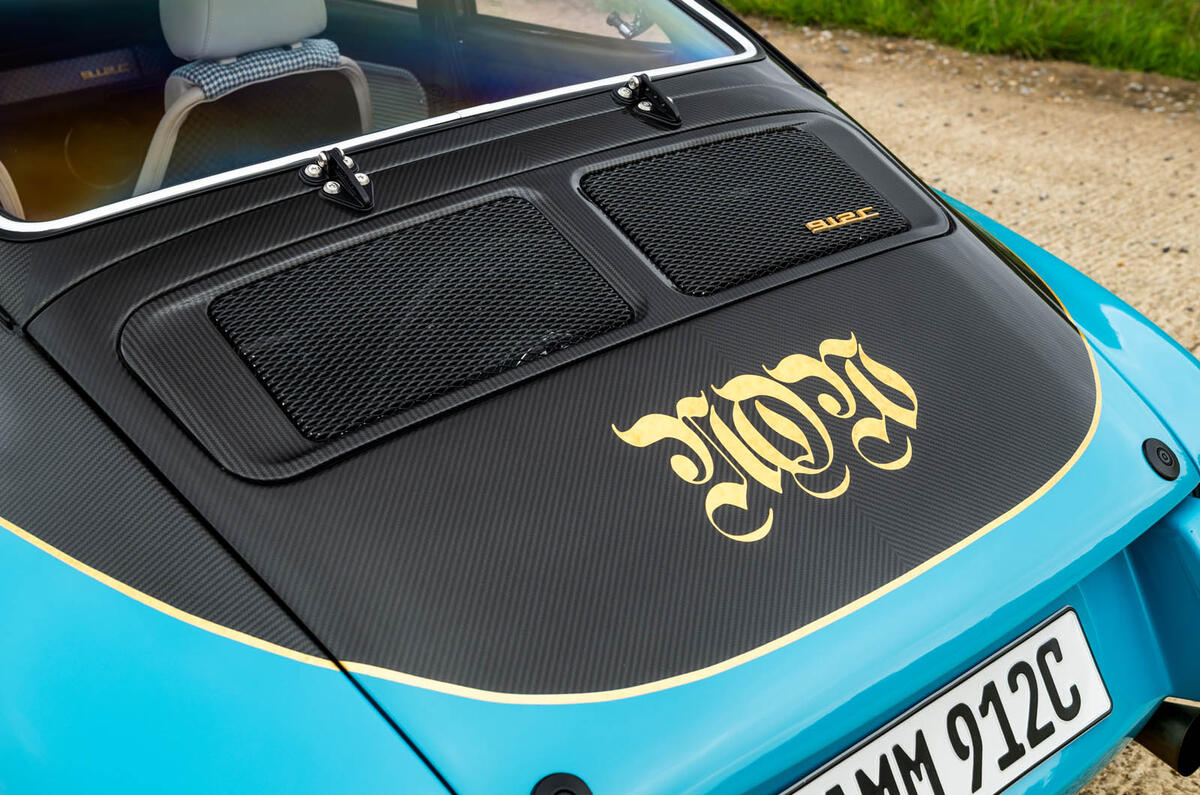
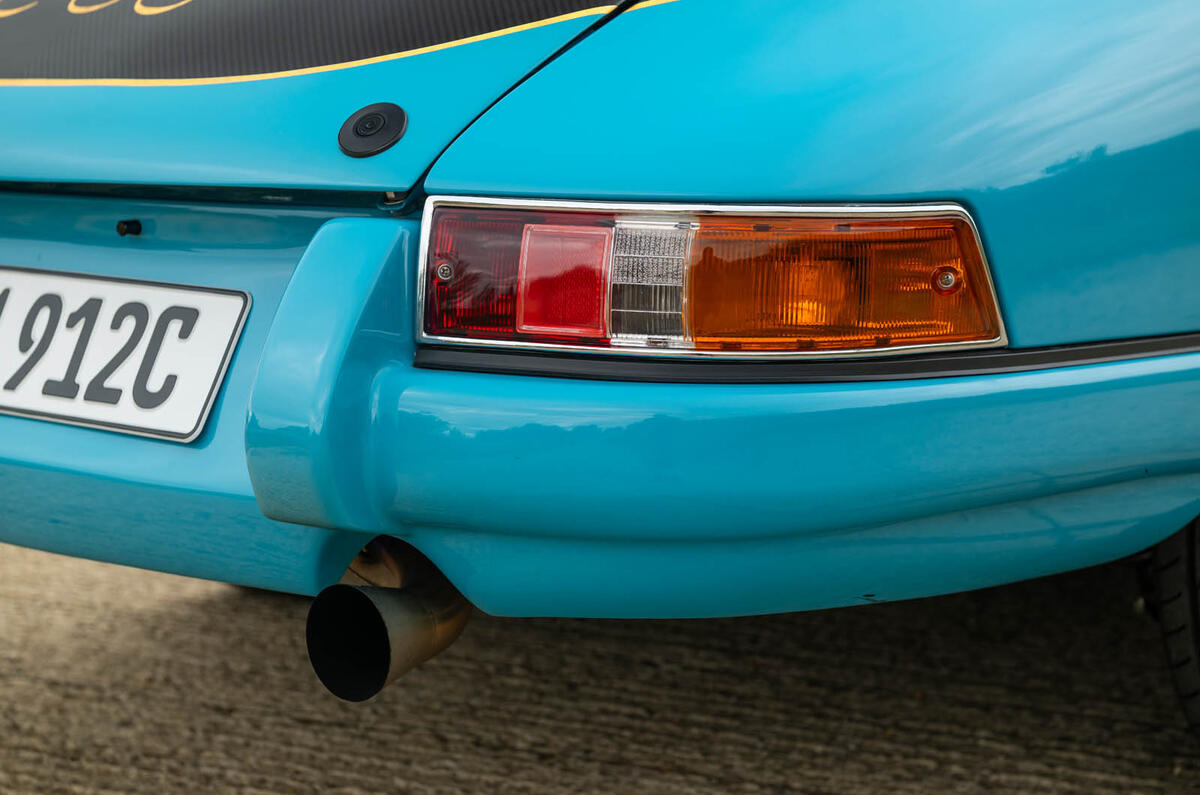
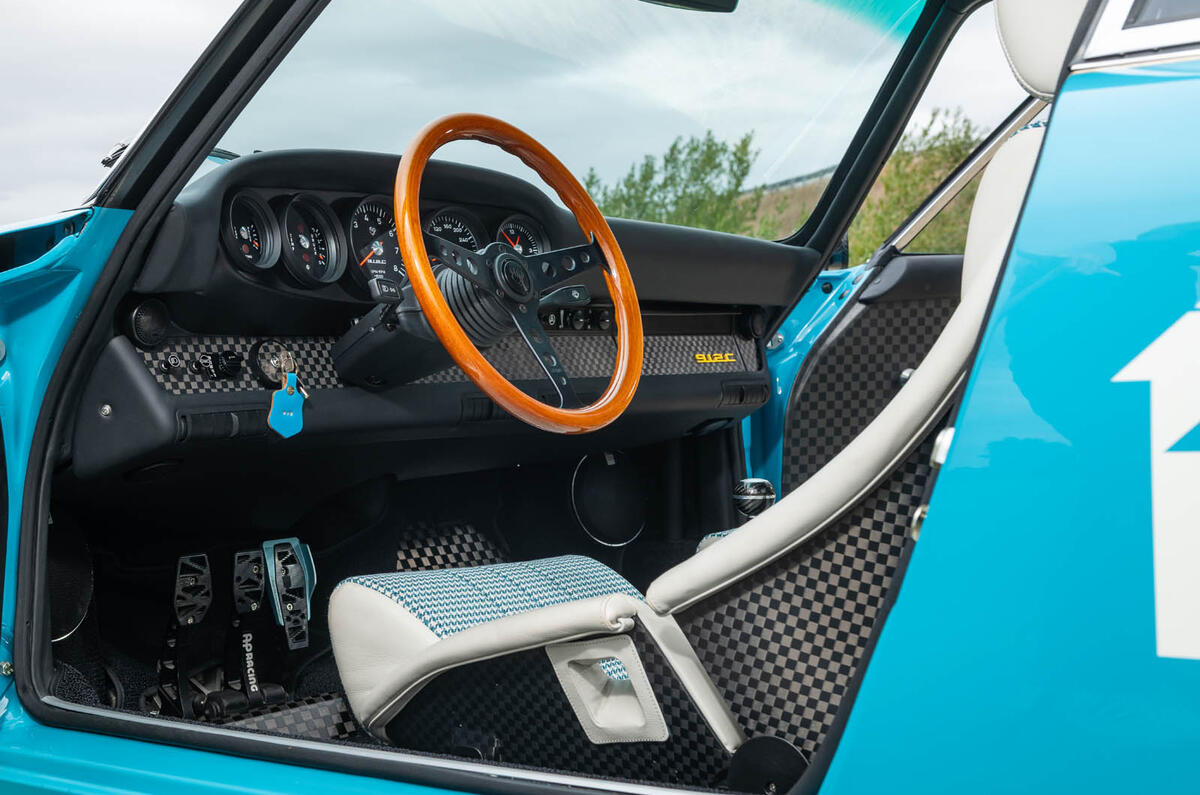
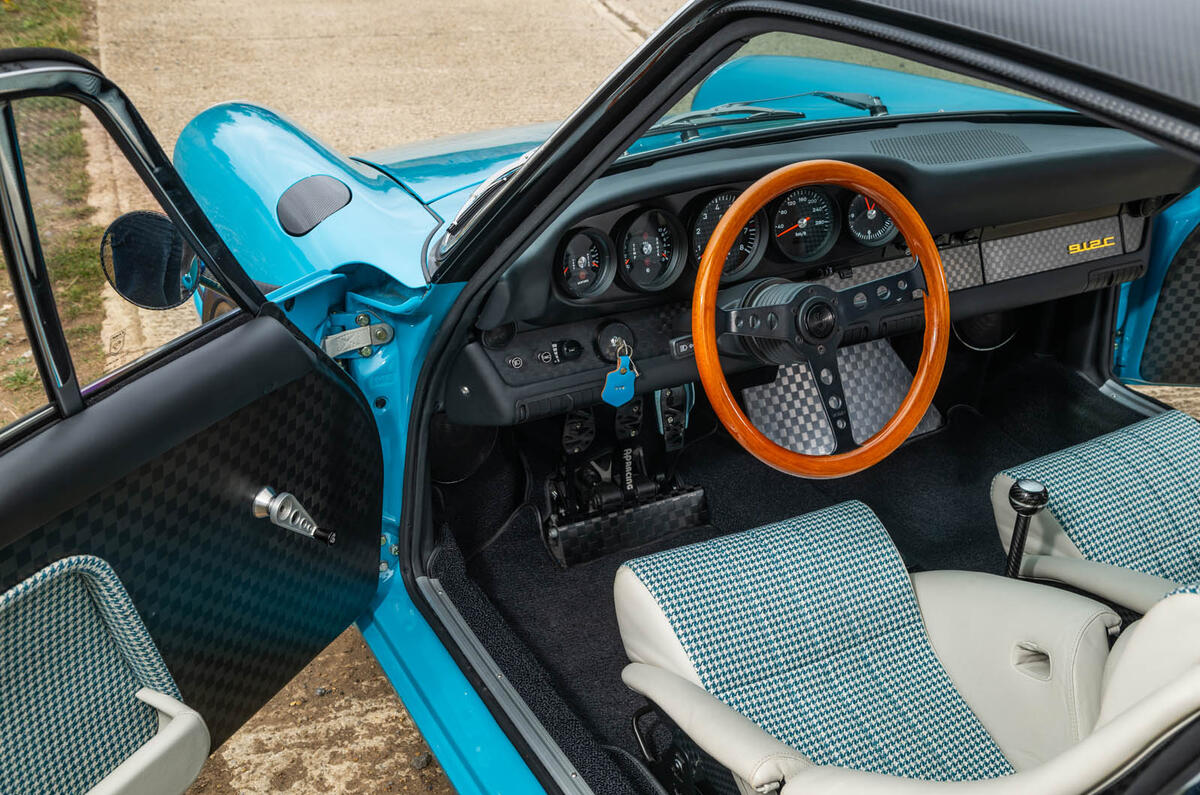

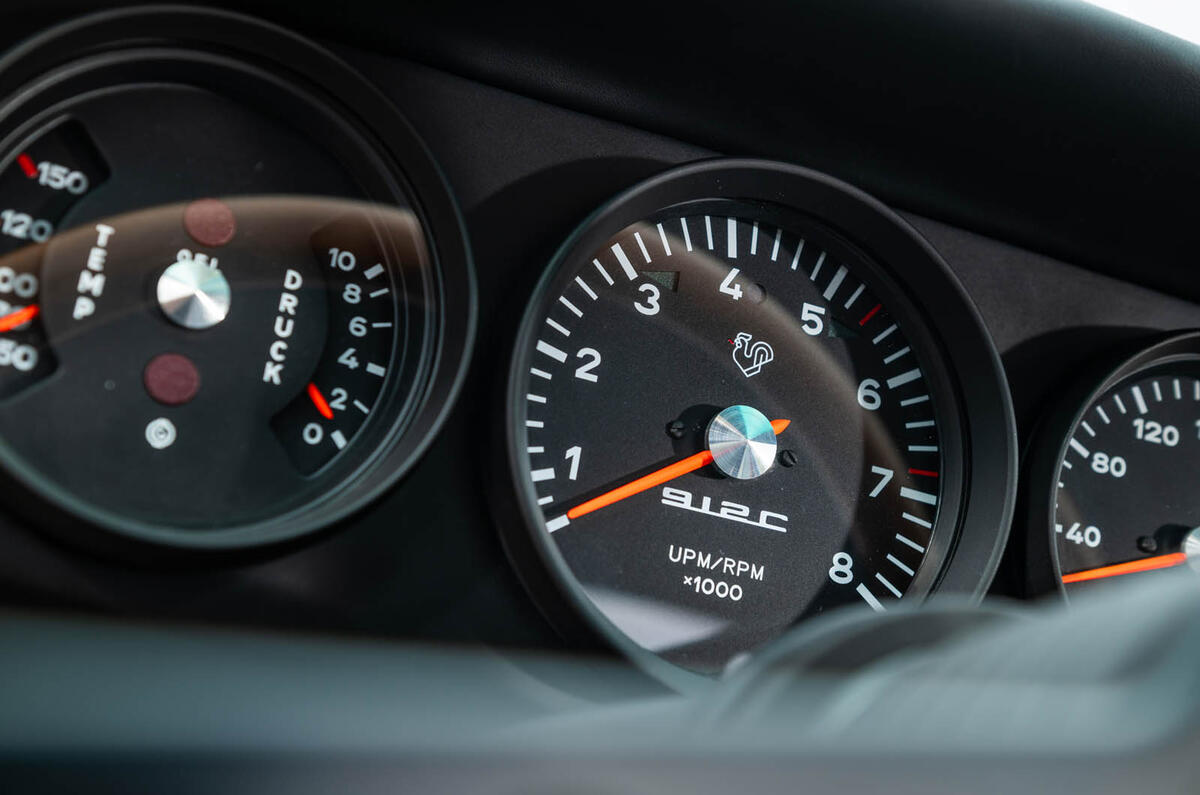
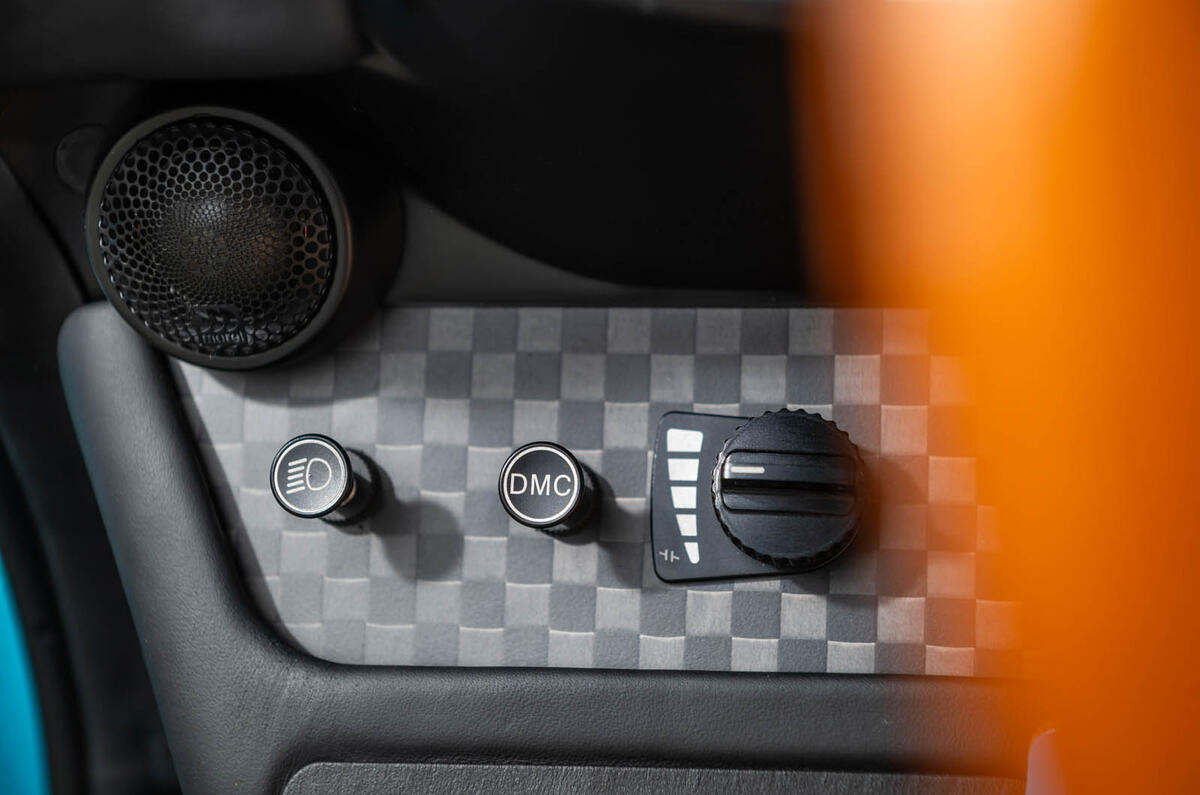
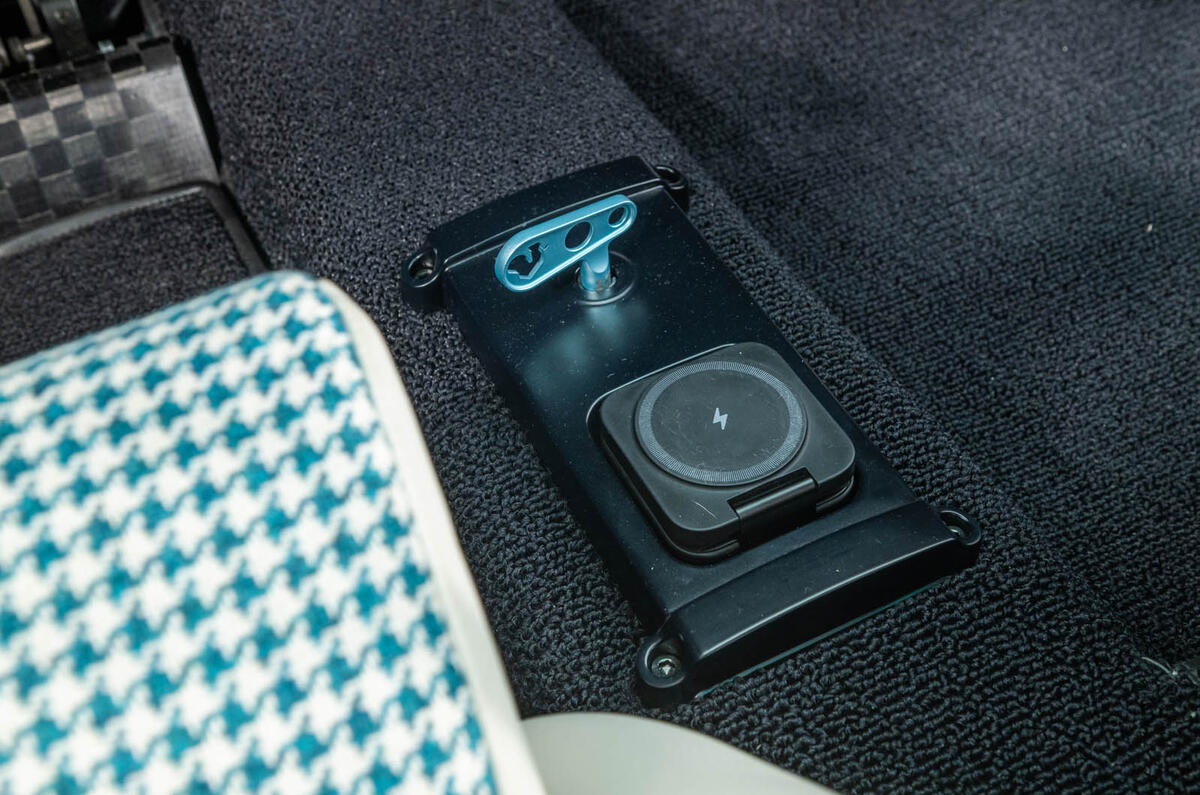
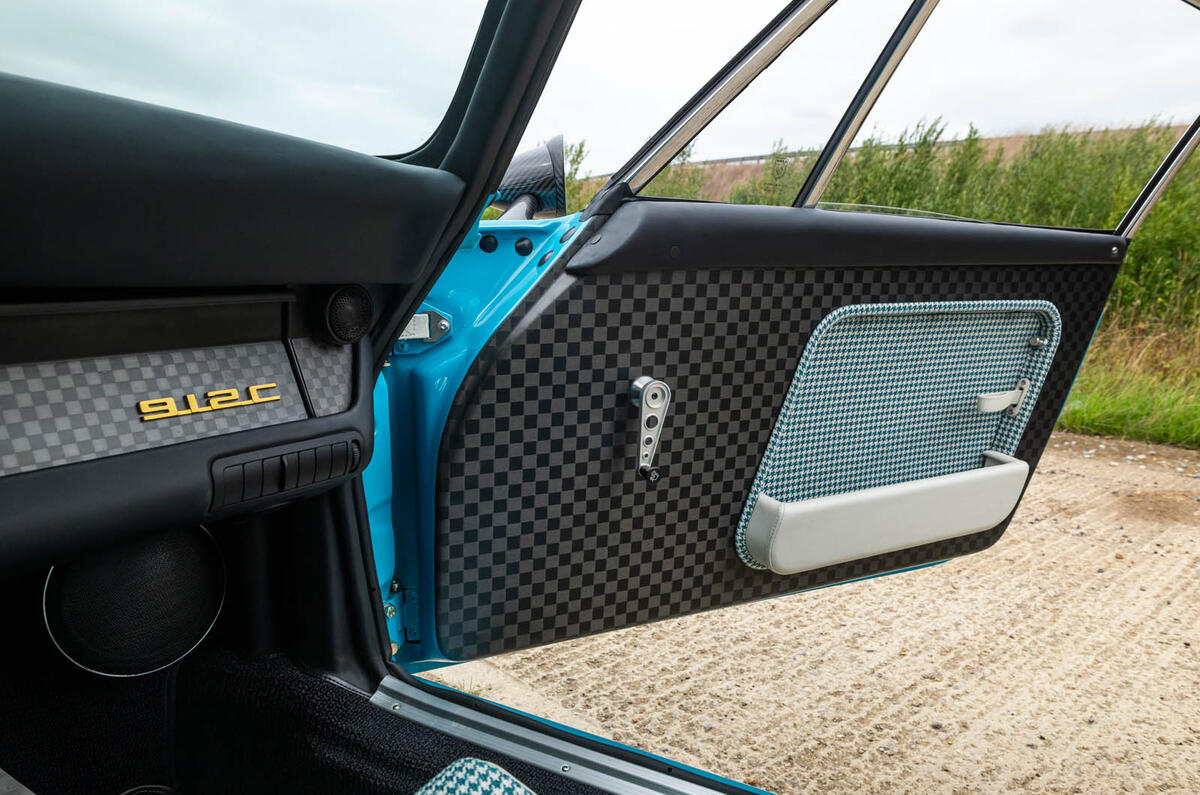
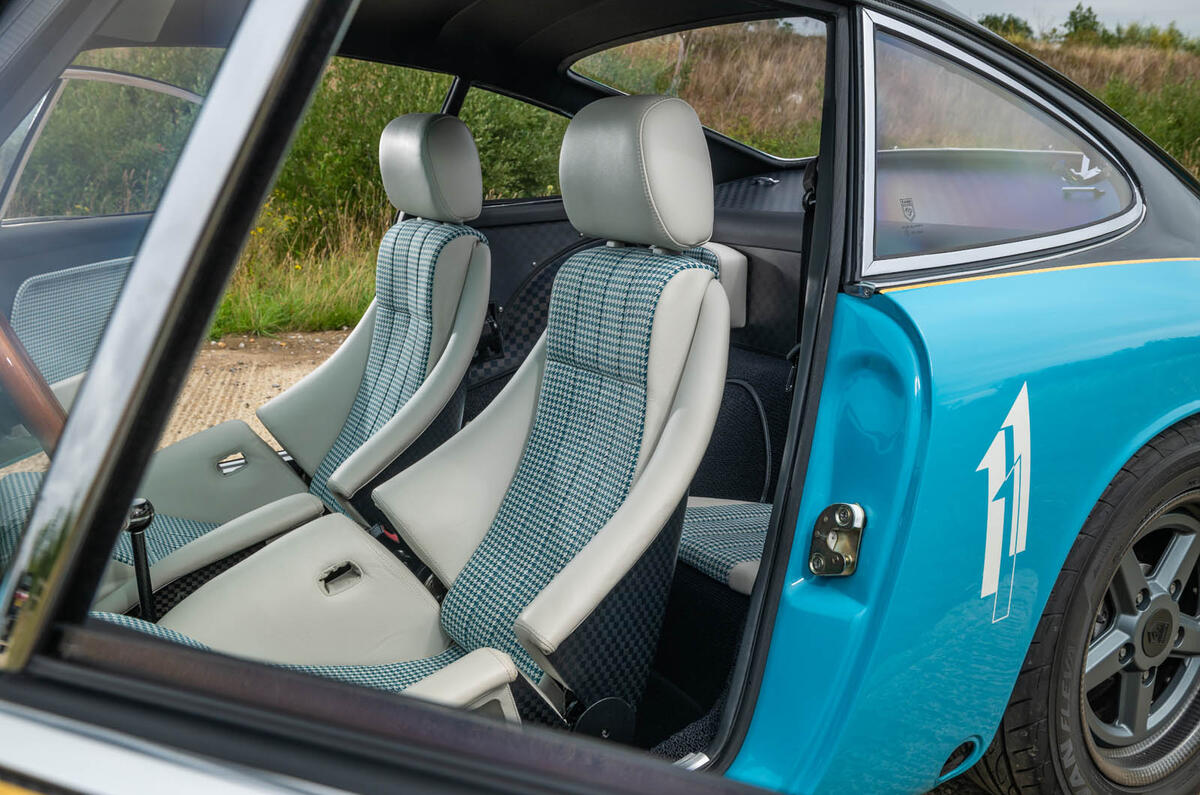
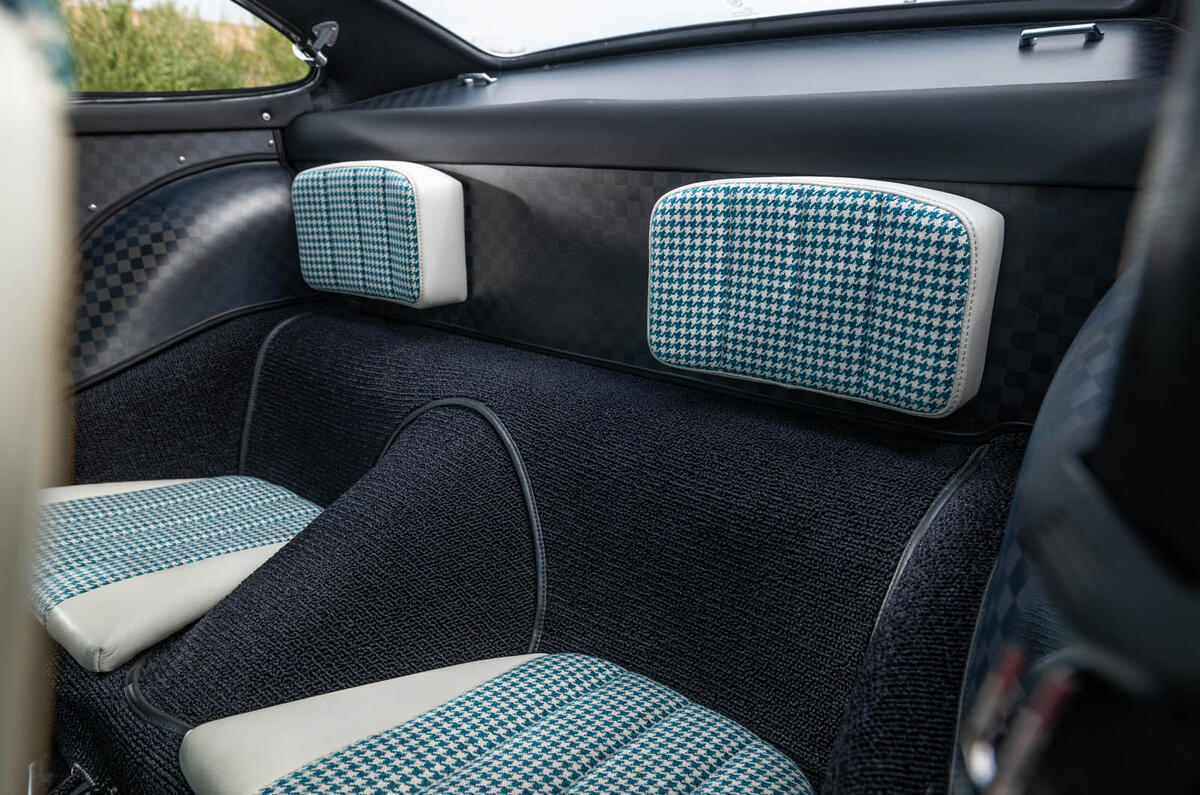
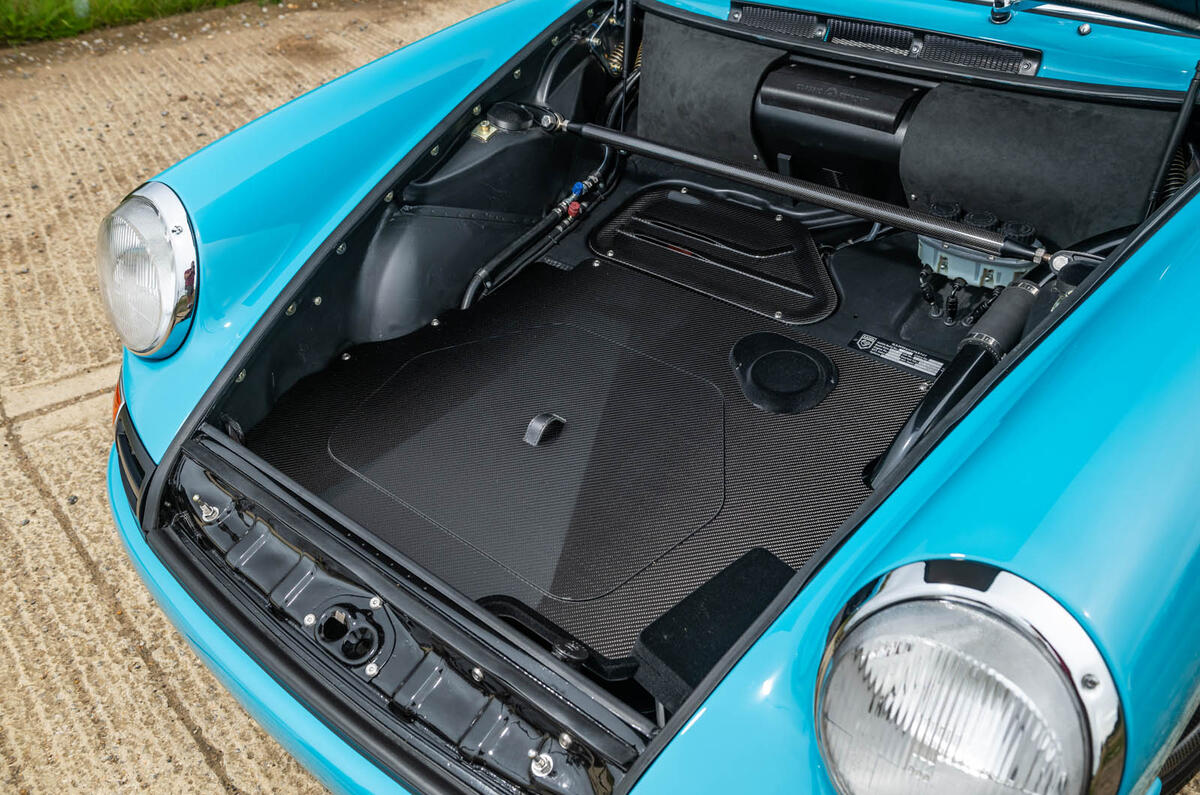

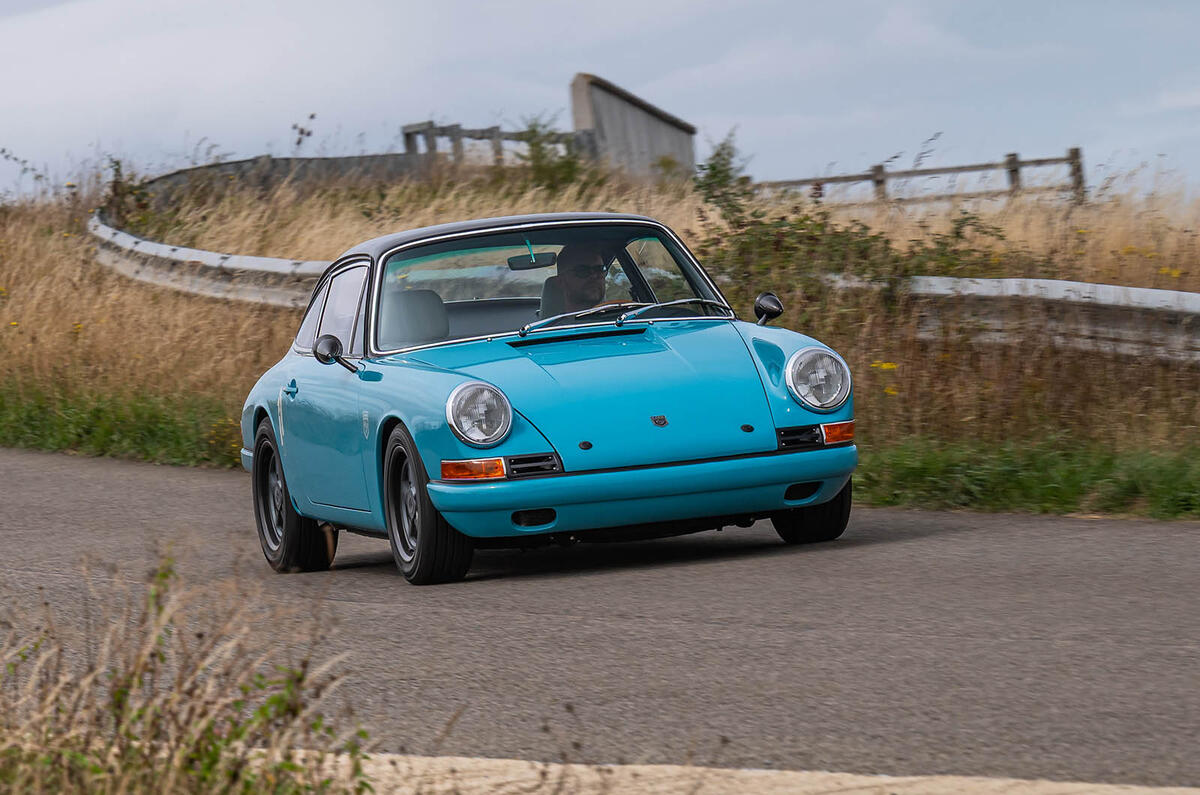

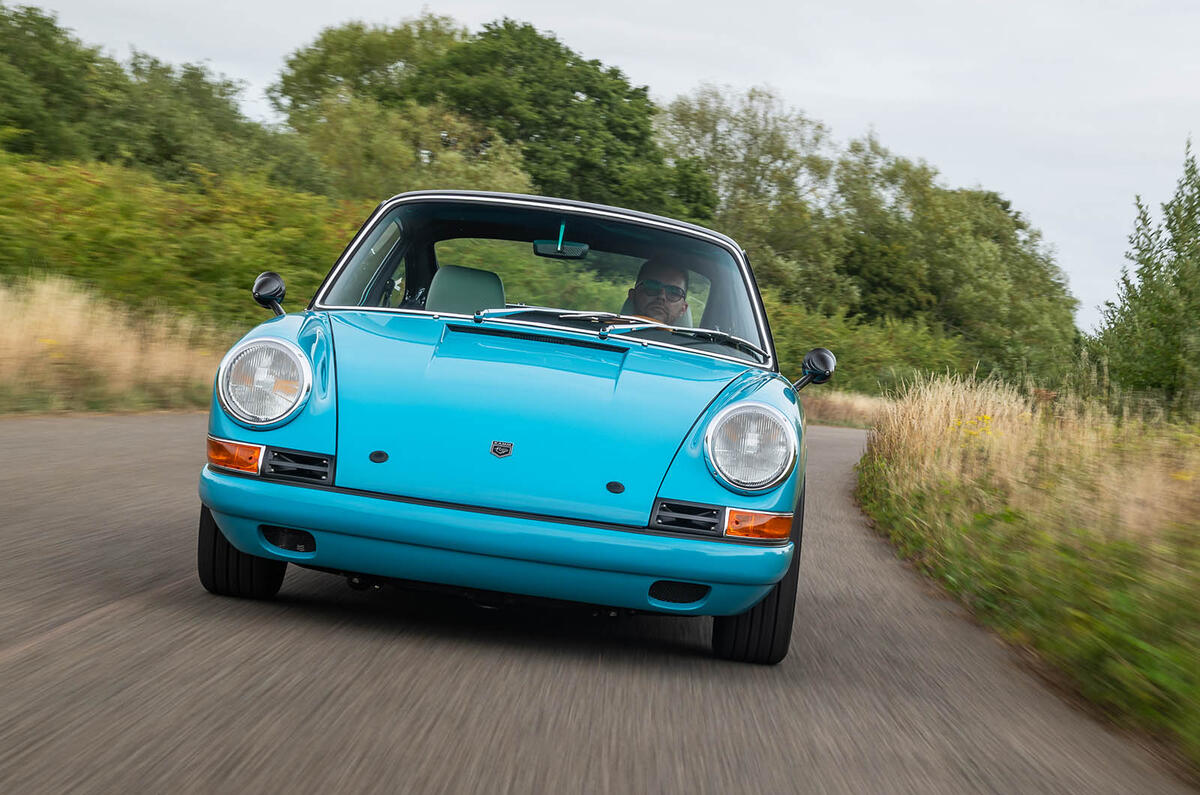
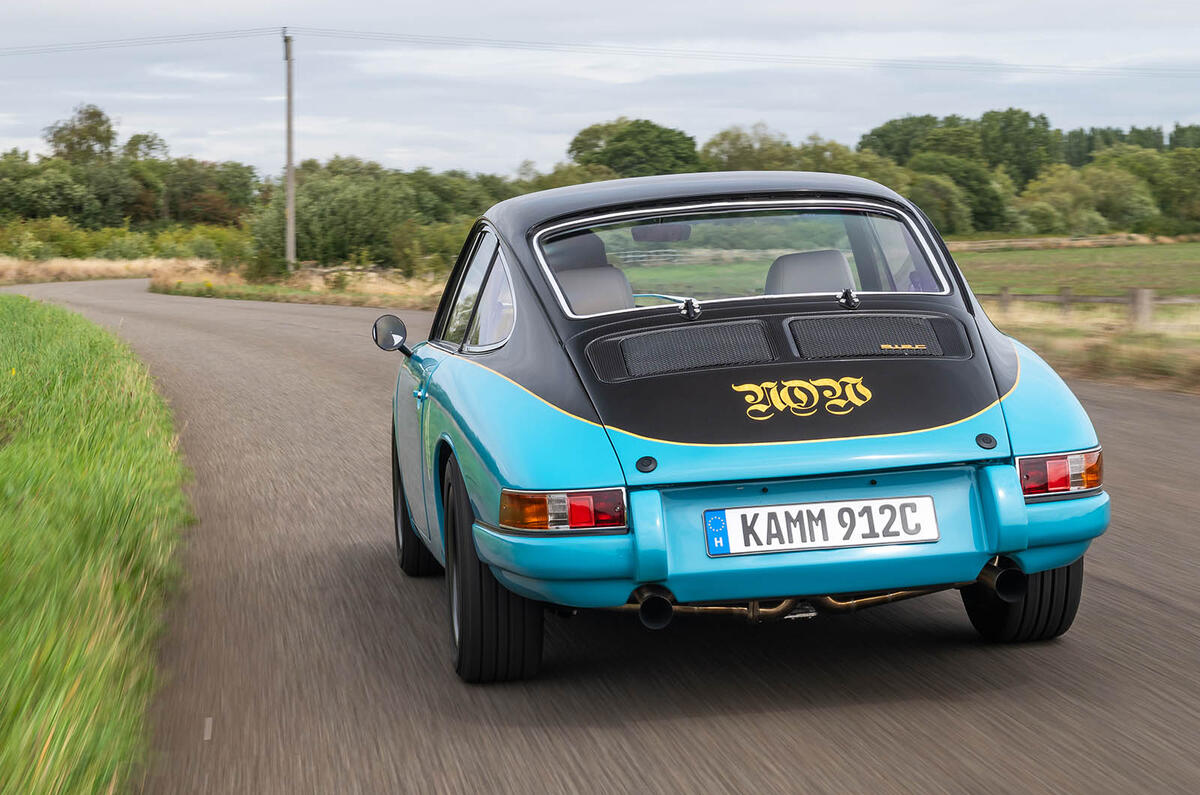
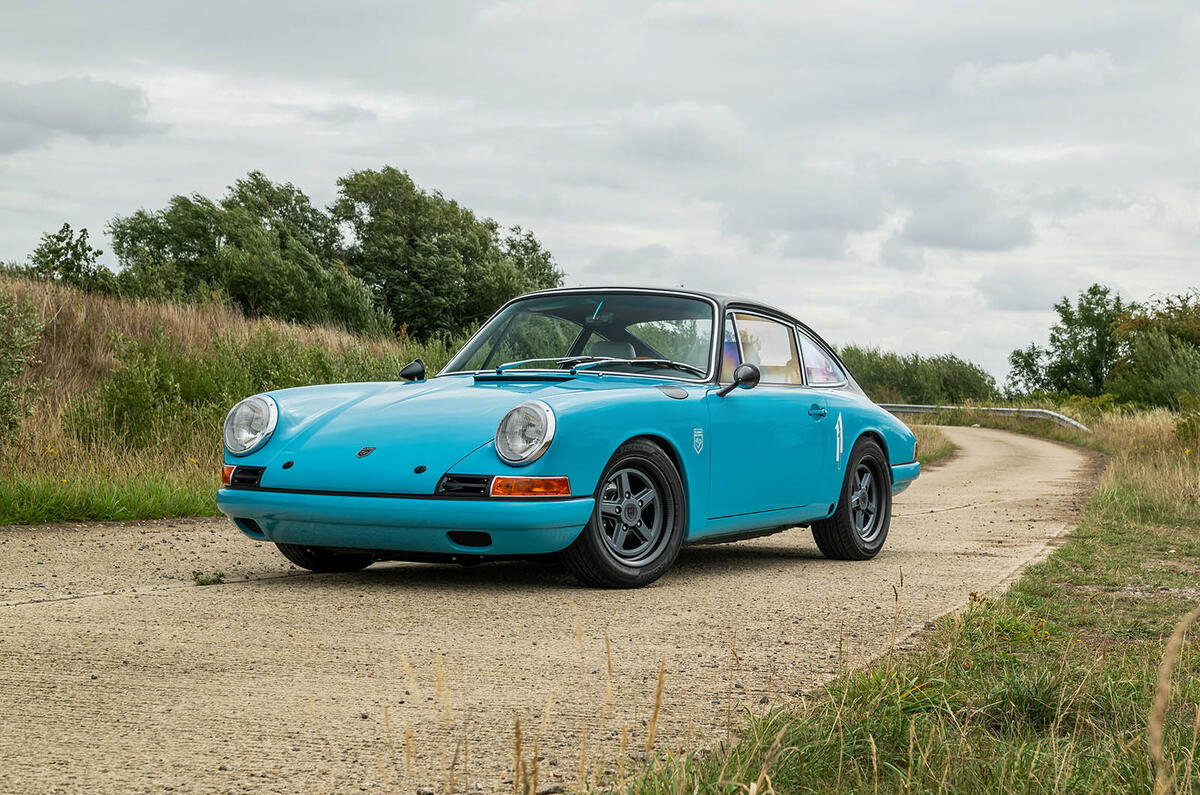
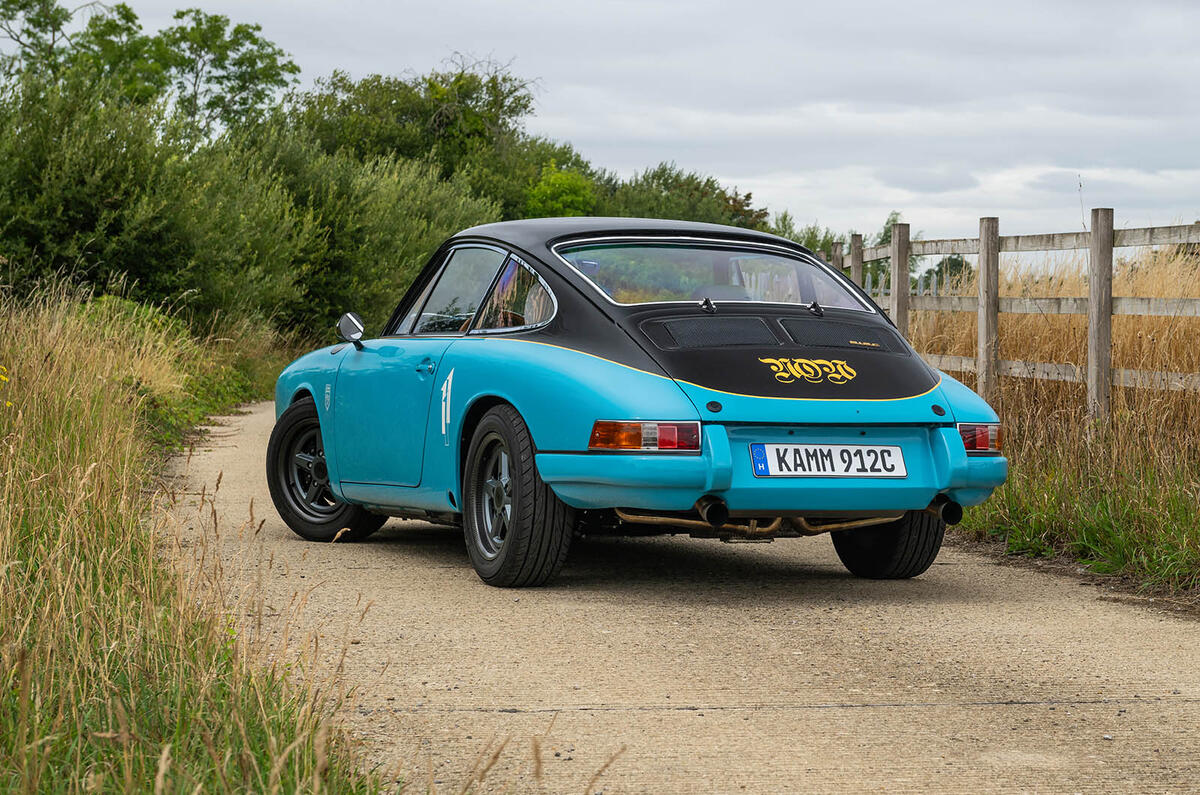


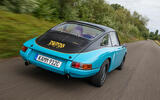
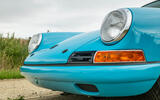
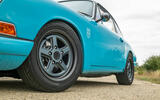
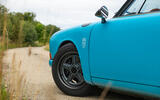
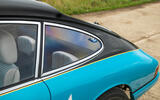
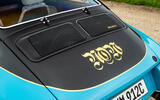
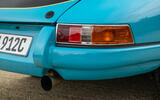
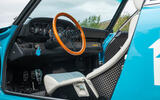
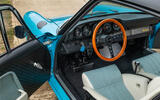
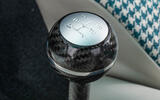
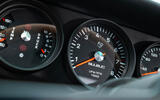
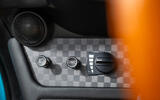
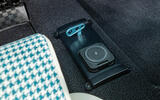
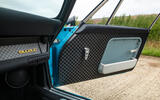
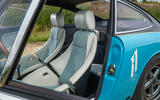
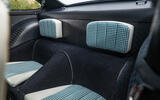
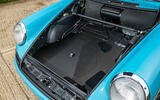
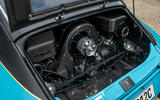
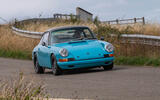
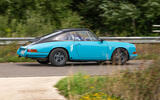
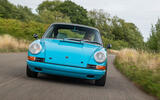
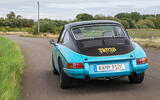



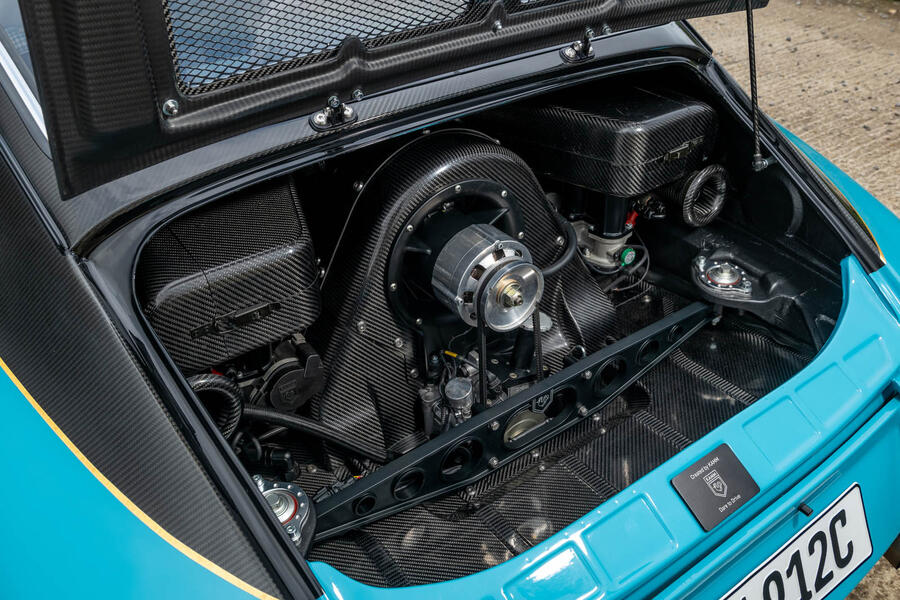
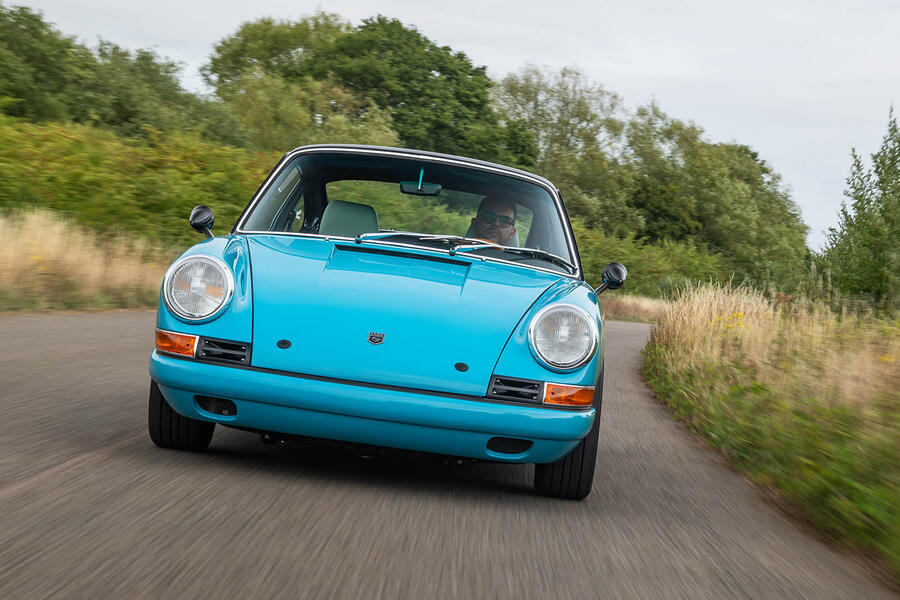




Join the debate
Add your comment
Nice, but would rather have a more subtle Dutchman Porsche
And yet people are prepared to hand over millions for mid 20th century Ferrari or Porsche or car deemed collectible why?, it's essentially nothing to do with the car it's more to do wit( who drove it and what and where it won , so people who are prepared to shell out £350K aren't buying it for this they're buying something that usable on a main road,doesn't need a team of technicians to fettle it every time you want to use it, this one I assume is a turn key car that you can just jump into from cold and go have a blast along your fav roads, like I'm saying money isn't theirs issue.
I would rather have a Cyan Racing P1800GT